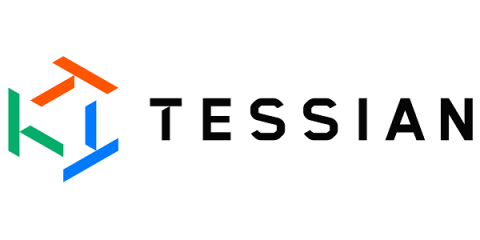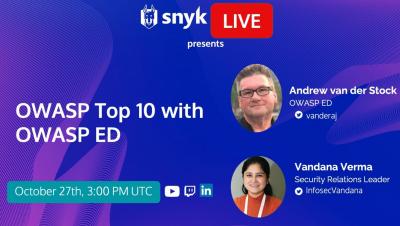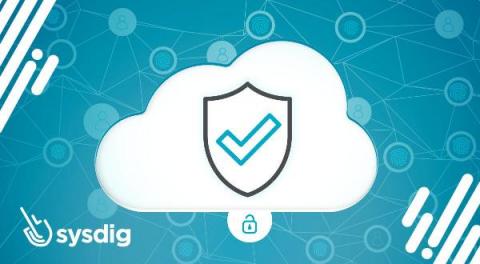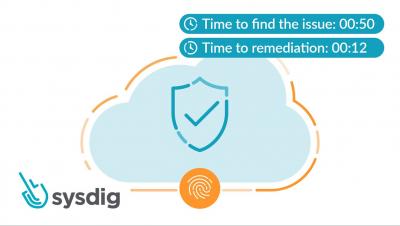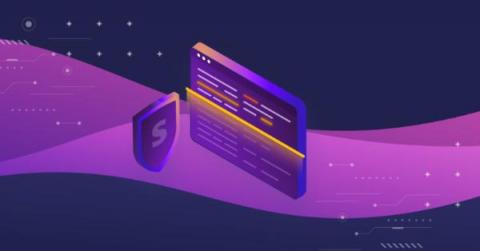Lift Your Spirits With Splunk SOAR
Halloween is just around the corner and we’re looking forward to trick-or-treating, donning our best costumes, and watching movies. A few of my favorite movies that I watch around Halloween time remind me of our most recent Splunk SOAR updates. Is that a stretch? Possibly. But hey it’s Halloween, let’s have some fun and I’ll try to make it as humerus as possible 💀




